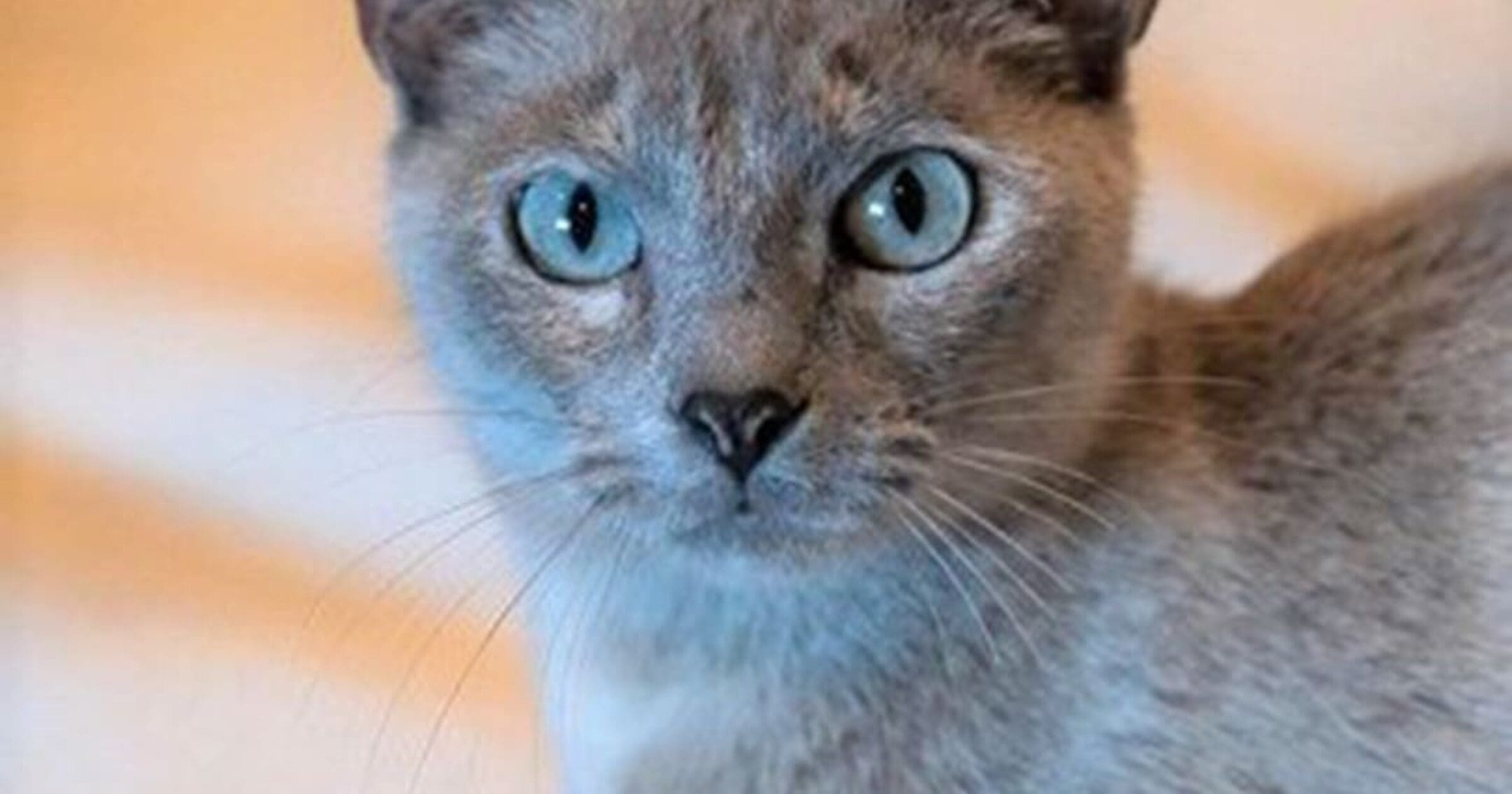
Litter box issues are one of the most common reasons why cats are relinquished to shelters. There are many reasons why a cat may be avoiding using their box. To understand why a cat is going outside of the box, the owner must first rule out medical reasons such as urinary obstruction (a life-threatening condition), urinary tract infections, and urinary crystals. If your cat is no longer using its litter box, reach out to your veterinarian to schedule an examination. Once your veterinarian is certain that your cat does not have a medical issue to explain its elimination behavior, you can assume that something is wrong with the litter box setup, it’s condition, that your cat is experiencing stress in the household, or that the cat is either marking or trying to communicate with you or another pet in the household.
Many people think that spraying and urinating outside of the box are the same thing, but they are two different behaviors. Spraying is when a cat is in a standing position and lets out a mist of urine to “mark” it’s territory or communicate its presence to other felines. Urination occurs in a squatting position. The substance excreted when a cat sprays is urine and both male and female cats can spray.
Your cat is not being “bad” or misbehaving when it is having issues with the litter box. Marking and spraying are natural ways that cats in the wild communicate. If your cat’s medical, social, and/or physical needs are not being met, it can exhibit issues with elimination. Is the litter box located too far away for an elderly cat? Is one cat blocking another cat from comfortably using the box? Is the box too high for arthritic or elderly cats? Is the litter scented or is it uncomfortable for your cat’s feet? Is the litter box cleaned often enough for your cat’s taste? Are too many cats sharing the box? Does your cat have more than one box? There are many things to consider when deciphering litter box issues.
For more detailed information about litter box and spraying issues and spraying, and how to resolve them, see the articles linked to below by Pam Johnson-Bennett of the Cat Behavior Associates.
